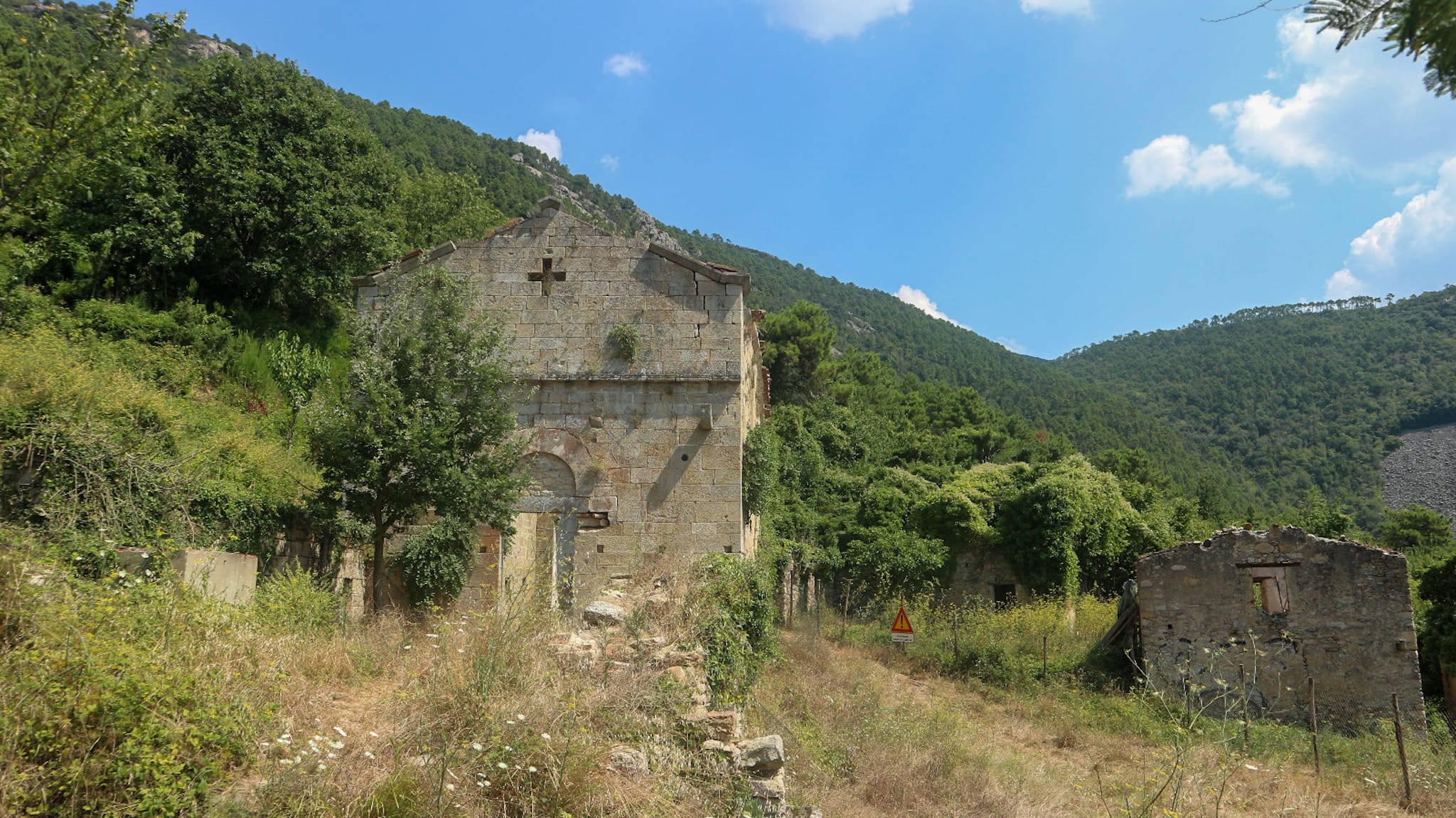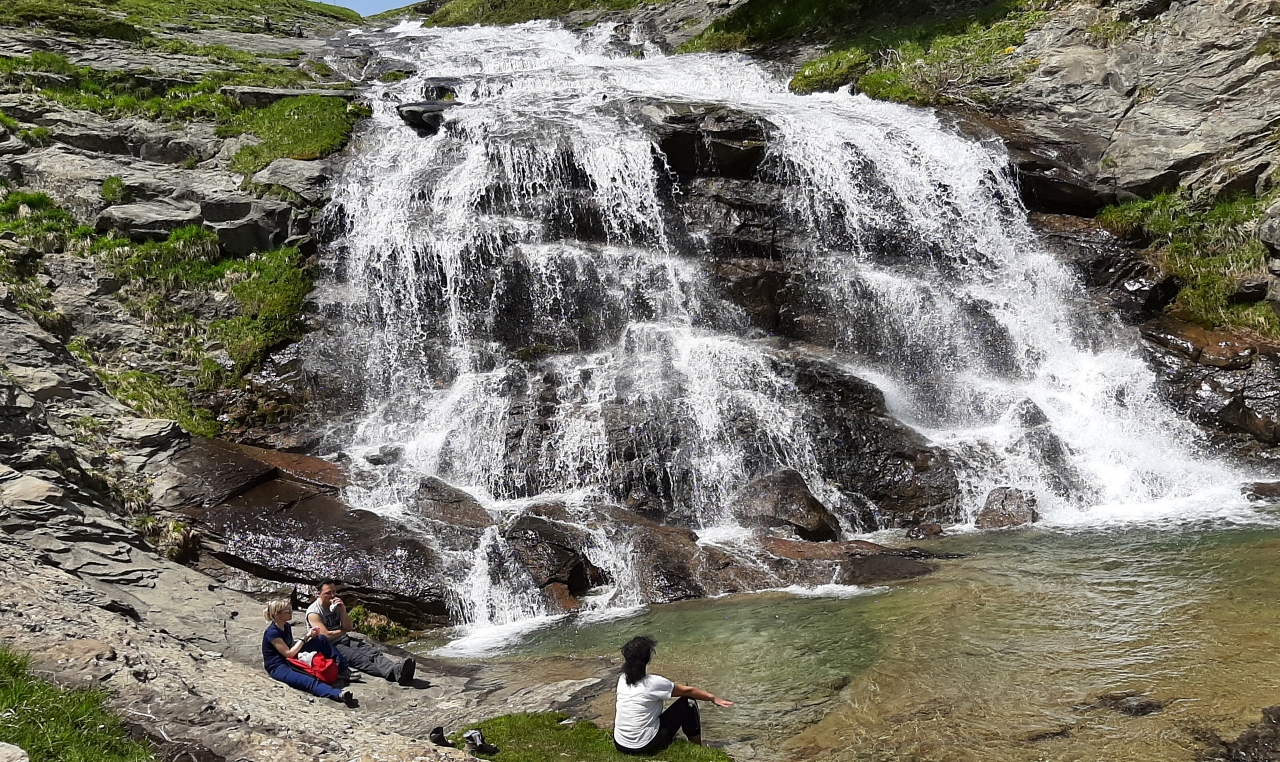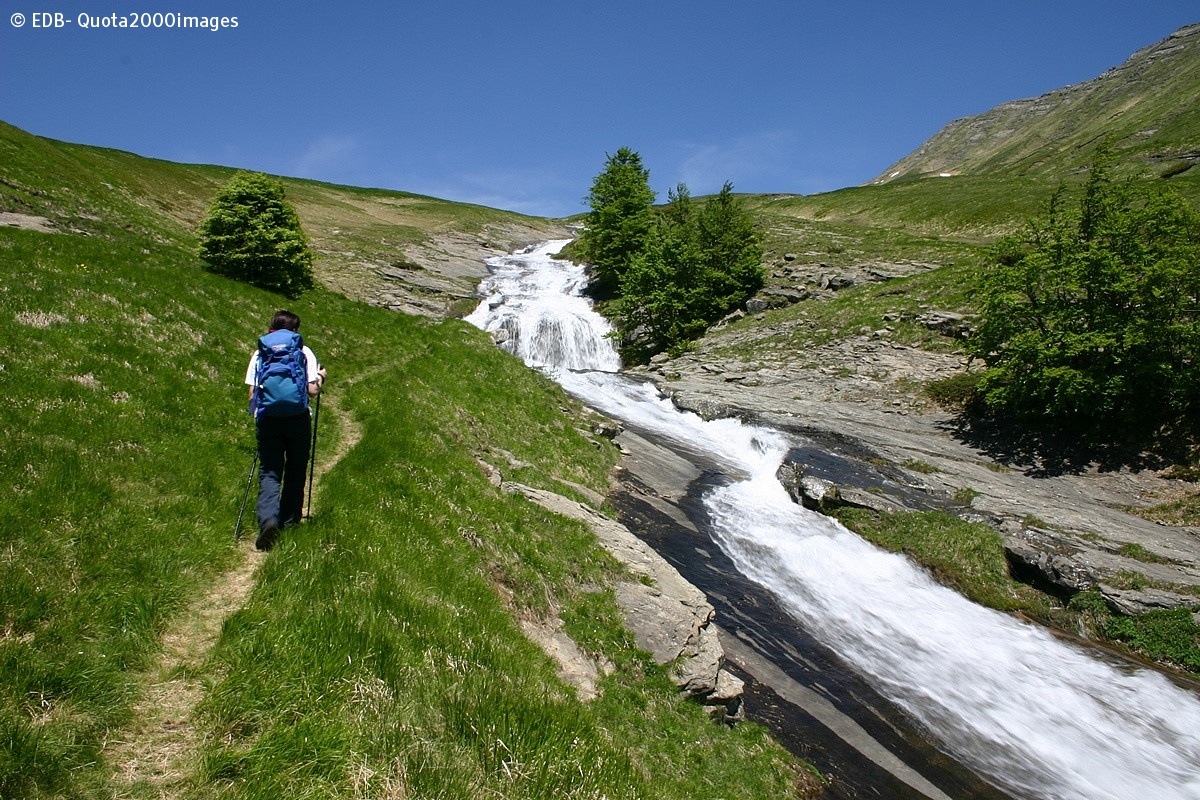Tuscany, as we know, is one of the liveliest and richest regions of the Bel Paese. It not only offers majestic buildings, roads to know and traditions to discover, but offers much more such as the Valle delle Fonti that rises on the south-west side of the Monti Pisani. In the middle of the reclaimed territories overlooks the village of Asciano, part of the municipality of San Giuliano Terme. It looks like a narrow valley enclosed between Monte Mirteto and Monte di Costa Grandi and is crossed by the Zambra stream that collects the waters of the numerous springs on the slopes and in the vast surrounding area, in particular on the eastern side of the valley. This is due to the geological conformation of the territory which consists mainly of sandstones and siliceous magnesium schists.

From deep aquifers come pure waters, appreciated since ancient times for their lightness and taste; This is one of the reasons why the valley bears this name, mainly because it is from here that the ancient Pisan Medici aqueduct comes to life.
It seems that during the rains the water drains along the ground and infiltrates the layers of the rock reaching the opposite side through natural cracks. The protagonist place thus becomes the Monte di Costia Grande where these deeply purified waters arrive thanks to the rocky beds, then gushing into the Valle delle Fonti.
History of the valley and the aqueduct

Already in 1500 the territory of Pisa was supplied from these sources. At first rainwater was collected in special cisterns, then it was the Grand Duke of Tuscany Cosimo I who built the first works of canalization of the most important sources that would have carried out their precious task.
It was in 1595, with the conclusion of the work by Grand Duke Ferdinando I, son of Cosimo I, that the waters of Asciano came to supply Pisa. The Medici aqueduct has a length of 6 kilometers and a structure (elevated) that includes 934 arches in bricks and decreasing stones and placed at the same distance from each other; starts from the spoils of San Rocco reaching the ancient Pisan walls.
What is in the valley of the Sources

A basically humid environment naturally leads to being considered the perfect place by every animal species, even better if rich in vegetation, just like the valley of the Sources. Of particular importance in this place is precisely the vegetation that is formed by elders, elms, alders without forgetting the climbing plants. There is no shortage of species present in the undergrowth including mushrooms (in autumn), ferns, mosses and lichens.
The fauna includes species present throughout the year without distinction of season, recent research has estimated as many as 16 different species of birds, in particular we remember the heron, the little grebe, the buzzard, the pheasant, the quail, the moorhen, the herring gull, the common gull, the lapwing, the dove and the wood pigeon.
There are also some nocturnal birds of prey such as the barn owl, the tawny owl, the owl and the hoopoe that have established their precious nests in the valley.
Very alive also the population of mammals of which in the area are found of different orders, precisely it is the wild boar, the hare, the shrew (with white teeth and red teeth), the rat (the mice of which we are used to consider), the bat, the vole, the porcupine and the dormouse.
It is thanks to these characteristics that it presents itself as a place of particular interest for nature lovers. Here they can find bread for their teeth, considering that there are many paths that cross the valley and allow you to discover the other magical places of the Pisan mountains. Lovers of trekking and walking immersed in nature can find marked routes and specific itineraries to enjoy the natural spectacles of this territory, one of the most evocative of the Italian territory, although not yet totally discovered by travelers who love holidays on the road.
A useful way to discover the territory of Pisa not only through its cities of art and its coasts, but also through its inner and hidden part.
Image sources: Monti Pisani, Destinazione della Terra, Quattropassi, Sibillini Web










 Map
Map